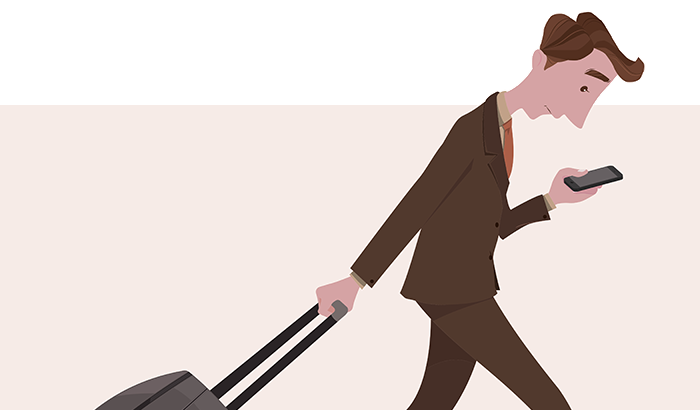Mobile phones, specifically smart phones, have revolutionized modern day life. They allow people to perform endless tasks from anywhere. Few people can dispute this. But… as objects that are intended to be used by humans, they break the rules of good usability.
I have been immersed in multimedia since I purchased my first computer in 1982- I was ten years old. My career is centered around user experience in the digital world and I have been designing and developing multimedia for over twenty years. I believe in simplicity. I believe in designing for your audience.
I have designed for the big and small guys, for the multi-billion dollar hedge funds and the non-profit organizations. Through all that time, and the thousands of pages of research and information architecture, I have attempted to always find the simplicity in every design problem.
The mobile devices that exist today have evolved from the advances in technology. Hand held game units emerged on the market in the late 80’s, but they only had to be concerned about the input devices for games. The Joystick to move and the simple buttons to perform an action. But to accommodate a full usable keyboard onto a handheld game console was impossible until the advent of the technology that allowed the touchscreen to be pixel perfect and for the technology to become small enough to fit in the palm of your hand.
I have been seeing in everyday life (outside of the office) how terrible the usability of modern mobile devices is for humans. I am not talking about the on screen experiences that exist on the devices or the touch screen inputs, I am talking about the usability of the devices themselves.
The problem
I observe people walking around during the day using their devices as I go to lunch, business meetings, travel on trains, or commute to the office, and I have become more and more aware of a huge usability problem with devices. Mobile devices have terrible usability.
Let’s take a look at the humans from a usability standpoint. Two arms for performing actions. Two eyes for observing, one central control unit (the head) and two legs for moving around. Mobile devices are increasingly held in one of the two hands by humans, resulting in diminished ability for the human to perform actions. While holding the mobile device, the head is locked in a downward position resulting in a diminished ability to interact with and within their environment. With the head in a locked downward position, the movement of the human is diminished as they are unable to move as quickly through their surroundings.
In conclusion: mobile devices are reducing the ability for humans to interact in their natural environment. From a student of life and a practitioner of good usability, it is my opinion that mobile devices have an inherent design flaw. A flaw that would never be acceptable in the digital space.
The next big thing in mobile devices is the wrist watch. I can’t wait to observe humans walk around head down, arm bent and wrist close to their face in order to enjoy their “well designed” usable interfaces while the world passes them by.




